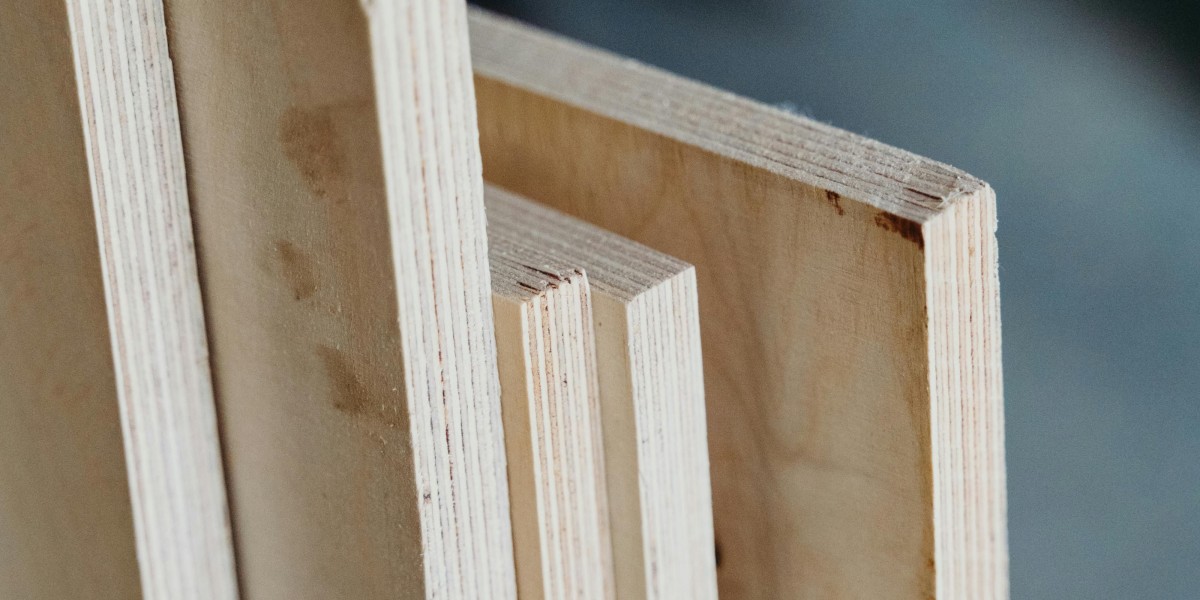A Delhi plywood factory is a bustling hub of activity, where the art of plywood manufacturing is perfected. These state-of-the-art facilities are equipped with advanced machinery and employ skilled craftsmen who meticulously oversee every step of the production process.
At the heart of a Delhi plywood factory lies the veneer peeling operation, where logs are carefully debarked and mounted onto lathes. Skilled operators precisely peel long, continuous sheets of veneer, ensuring uniform thickness and quality. These veneers are then carefully dried and graded, ensuring only the finest materials are used in the final product.
The layup area is a hive of activity, where experienced workers assemble the veneers in a cross-grain pattern, applying specialized adhesives between each layer. This intricate process is crucial for imparting the exceptional strength and dimensional stability that plywood is renowned for.
Once assembled, the veneer stacks are transferred to massive hot presses, where they are subjected to intense heat and pressure, curing the adhesives and bonding the layers into a solid plywood panel. After cooling, the panels are trimmed, sanded, and inspected to ensure they meet the highest quality standards.
Delhi plywood factory operations are a seamless blend of traditional craftsmanship and modern technology, with a keen eye for detail and a commitment to sustainability. The resulting plywood products are not only robust and reliable but also a testament to the skill and dedication of the Delhi plywood industry.
The Components of Plywood
At its core, plywood is a composite material made up of thin layers of wood veneer glued together. These layers, known as plies or veneers, are arranged in a cross-grain pattern, with the grain of each ply running perpendicular to the adjacent layers. The cross-grain arrangement is what gives plywood its exceptional strength and dimensional stability, as it minimizes the effects of wood's natural tendency to shrink and swell with changes in moisture content.
The type of wood used for the veneers can vary depending on the intended application and desired properties of the final product. Some of the most commonly used wood species for plywood production include:
Softwoods:
- Pine
- Douglas fir
- Spruce
- Cedar
Hardwoods
- Oak
- Maple
- Birch
- Teak
The choice of wood species is crucial as it affects the plywood's strength, appearance, and cost. For example, hardwood veneers are generally more expensive but offer superior strength and durability compared to softwood veneers.
In addition to the wood veneers, plywood also contains an adhesive or glue that bonds the layers together. The most commonly used adhesives in plywood manufacturing are:
- Urea-formaldehyde (UF) resins
- Phenol-formaldehyde (PF) resins
- Melamine-formaldehyde (MF) resins
These adhesives are chosen based on their water resistance, heat resistance, and bonding strength, ensuring the plywood's durability and performance in various environments.
The Manufacturing Process of Plywood
The production of plywood involves a series of carefully orchestrated steps to ensure consistent quality and desired properties. Here's a breakdown of the manufacturing process:
- Log Preparation: Logs are debarked, cut into smaller sections, and conditioned to achieve the desired moisture content for veneer peeling.
- Veneer Peeling: The prepared logs are mounted on a lathe, and a long, continuous sheet of veneer is peeled off the log using a sharp blade. This process is repeated until the desired number of veneers is obtained.
- Veneer Drying: The freshly peeled veneers are dried in a controlled environment to remove excess moisture, ensuring dimensional stability and preventing future warping or delamination.
- Veneer Grading and Sorting: The dried veneers are inspected for defects and graded according to their quality and appearance. They are then sorted based on their intended use and the desired plywood grade.
- Veneer Layup: The sorted veneers are arranged in a cross-grain pattern, with each layer oriented perpendicular to the adjacent layers. Adhesive is applied between each layer, ensuring a strong bond.
- Hot Pressing: The layered veneers are placed in a hot press, where they are subjected to intense heat and pressure. This process cures the adhesive, bonding the veneers together and forming the final plywood panel.
- Trimming and Sanding: Once cooled, the plywood panel is trimmed to its desired dimensions, and the surfaces are sanded to achieve a smooth finish.
- Grading and Inspection: The finished plywood panels undergo a final grading and inspection process to ensure they meet the required standards for their intended use.
It's worth mentioning that many plywood manufacturers, such as reputable Delhi plywood factories, employ state-of-the-art equipment and quality control measures to ensure consistent and high-quality production.
Types of Plywood
Plywood comes in various types, each with distinct properties and applications. Here are some of the most common types:
- Softwood Plywood: Made from softwood veneers, this type of plywood is lightweight, inexpensive, and widely used for construction purposes, such as sheathing, subflooring, and concrete formwork.
- Hardwood Plywood: Constructed from hardwood veneers, this type of plywood is known for its strength, durability, and attractive appearance. It is commonly used for furniture making, cabinetry, and high-quality woodworking projects.
- Marine Plywood: Designed for use in marine environments, marine plywood is treated with waterproof adhesives and features a higher density and moisture resistance compared to standard plywood.
- Exterior Plywood: Suitable for outdoor applications, exterior plywood is treated with weather-resistant adhesives and features a durable overlay or sealant to protect against moisture and UV radiation.
- Structural Plywood: This type of plywood is engineered to meet specific structural requirements and is commonly used in construction for sheathing, flooring, and roofing applications.
- Decorative Plywood: Featuring high-quality face veneers and decorative overlays, decorative plywood is primarily used for aesthetic purposes, such as furniture making and interior design applications.
Advantages of Plywood
Plywood offers numerous advantages that have contributed to its widespread use across various industries:
- Strength and Durability: The cross-grain construction of plywood provides exceptional strength and resistance to splitting, cracking, and warping, making it a reliable material for various applications.
- Dimensional Stability: The perpendicular arrangement of the veneers minimizes the effects of wood's natural expansion and contraction, resulting in a dimensionally stable product.
- Versatility: Plywood can be tailored to meet specific requirements by adjusting the wood species, adhesives, and construction methods, making it suitable for a wide range of applications.
- Cost-Effectiveness: Compared to solid wood, plywood is generally more cost-effective, as it utilizes thin veneers and minimizes waste during manufacturing.
- Sustainability: Plywood production maximizes the use of wood resources by utilizing veneers from various parts of the log, promoting efficient and sustainable use of timber.
- Workability: Plywood can be easily cut, drilled, and shaped, making it a versatile material for various woodworking and construction projects.
Conclusion
Plywood is a remarkable engineered wood product that has revolutionized various industries with its unique combination of strength, durability, and versatility. By understanding the components and manufacturing process behind plywood, we can appreciate the engineering and craftsmanship that go into creating this invaluable material.
From the careful selection of wood species and adhesives to the precise layering and pressing techniques, each step in the production process contributes to the final product's exceptional performance. As technology advances and sustainable practices become increasingly important, we can expect plywood manufacturing to continue evolving, offering even more innovative and environmentally friendly solutions.
Whether you're a contractor, woodworker, or simply someone who appreciates the beauty and utility of wood products, plywood is a material that deserves recognition for its role in shaping our built environment and enabling countless creative endeavors.
What is the difference between softwood and hardwood plywood?
Softwood plywood is made from softwood veneers, such as pine or fir, and is typically less expensive and less dense than hardwood plywood. Hardwood plywood, on the other hand, is made from hardwood veneers like oak or maple and is known for its superior strength, durability, and attractive appearance.
Is plywood waterproof?
Standard plywood is not inherently waterproof, but there are specialized types like marine plywood and exterior plywood that are designed to be water-resistant. These types are treated with waterproof adhesives and sealants to withstand moisture and outdoor conditions.
Can plywood be used for structural applications?
Yes, there are specific types of plywood, such as structural plywood, that are engineered to meet stringent structural requirements and are commonly used in construction for sheathing, flooring, and roofing applications.
How many layers of veneer are typically used in plywood?
The number of veneer layers in plywood can vary, but it is typically an odd number to ensure a balanced construction. Common plywood thicknesses include 3-ply, 5-ply, and 7-ply, with more



